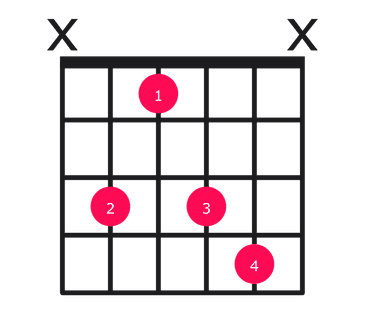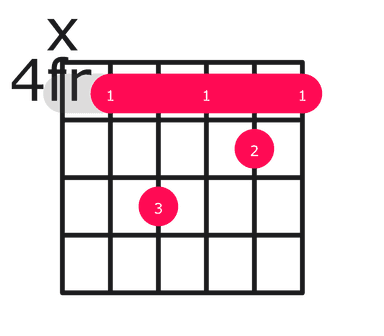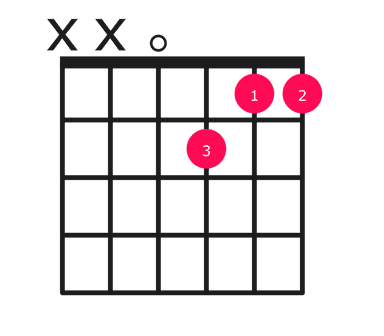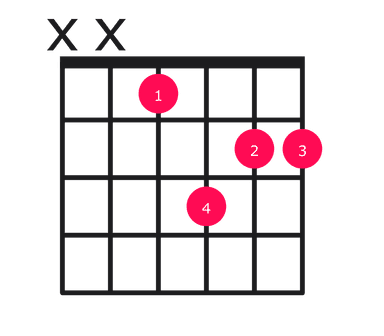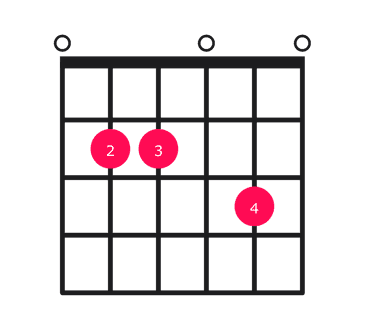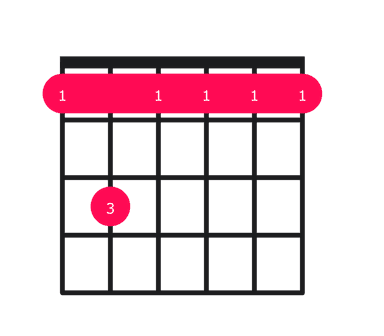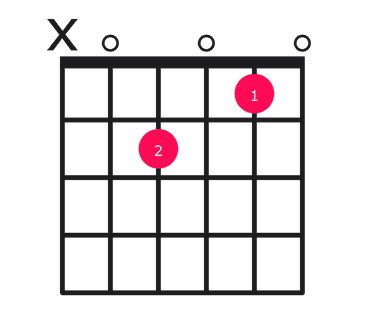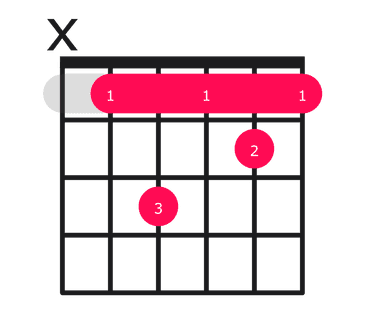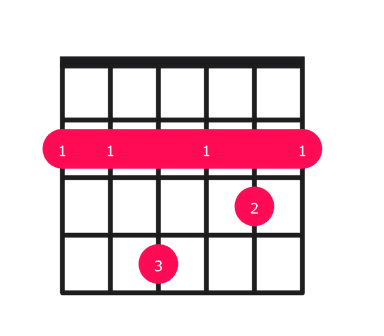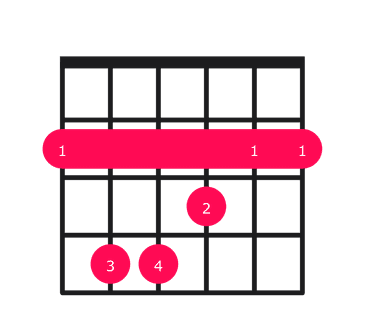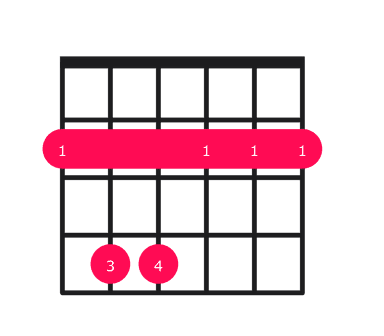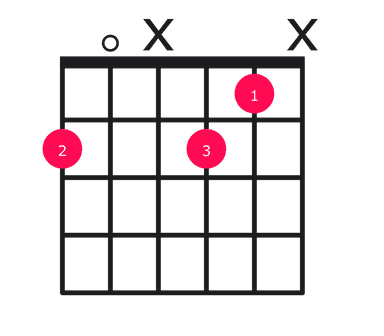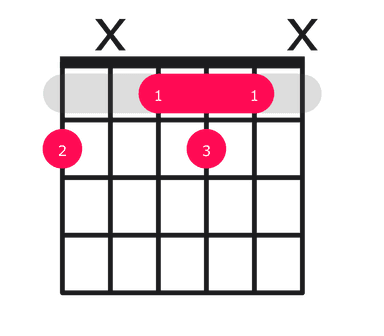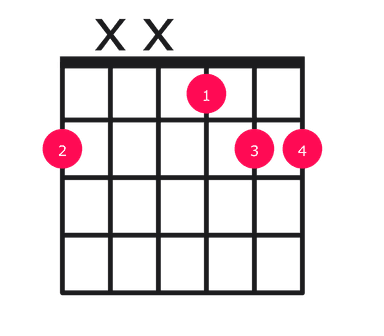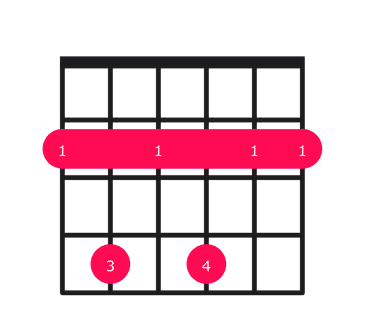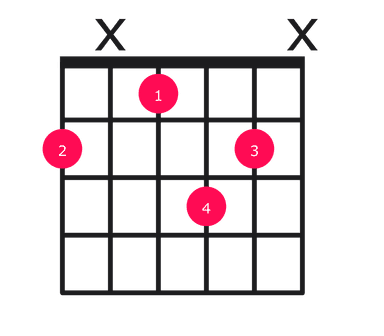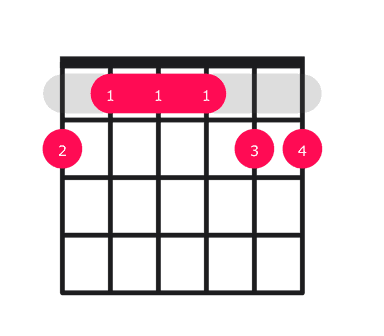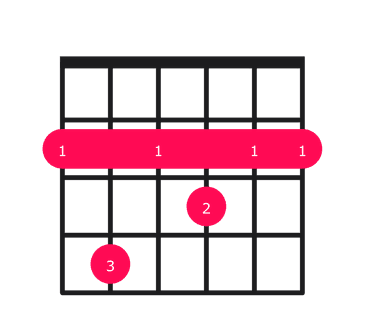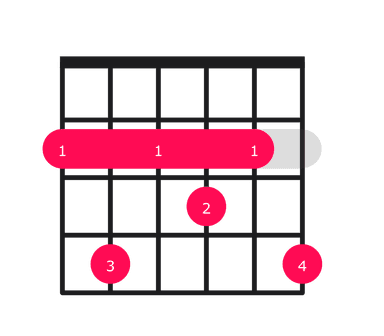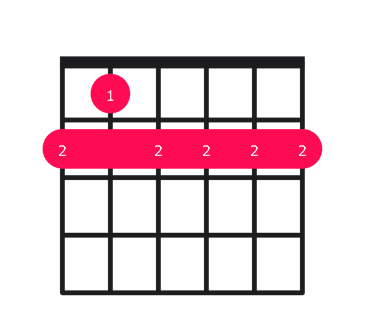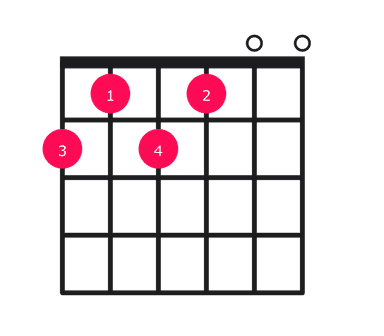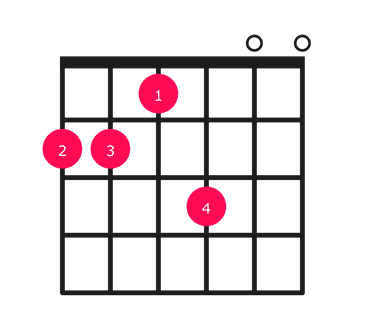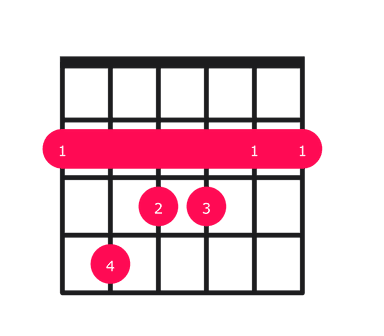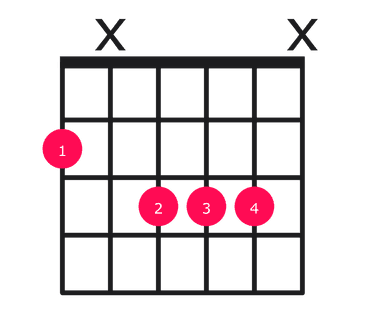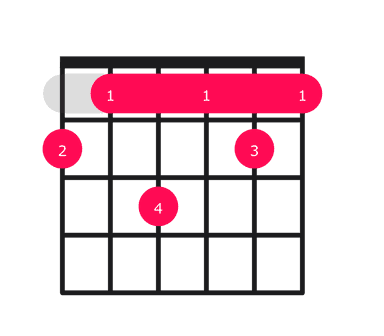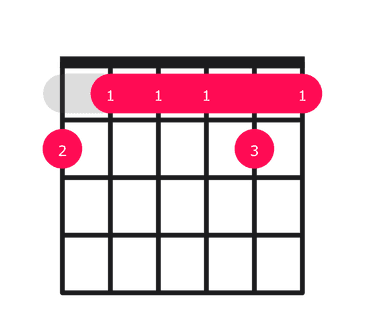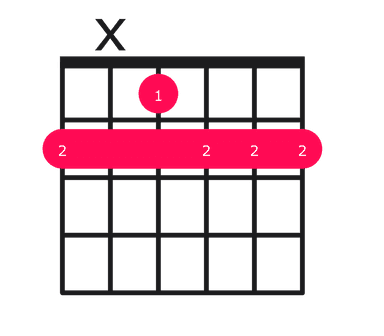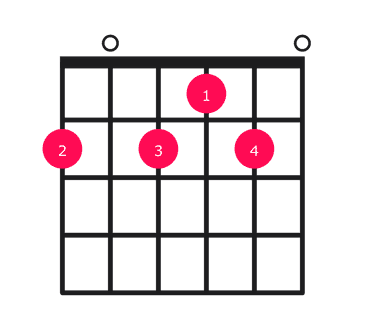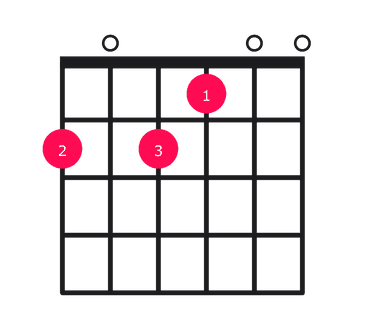How to play the F#m7 chord on guitar
Learn to play the F#m7 chord, featured in hits like "Wonderwall" and "Creep."
The F#m7 chord
The F#m7 chord, pronounced "F sharp minor seventh," is a rich and versatile chord that adds depth to many musical styles. Consisting of the notes F#, A, C#, and E, this chord is commonly used in jazz, neo-soul, and R&B. Its melancholic yet sophisticated sound can be heard in songs like "Summertime" by George Gershwin and "Ain't No Sunshine" by Bill Withers.
There are many ways to play a chord. Here's a diagram for the most common F#m7 chord. We've also included other versions below.
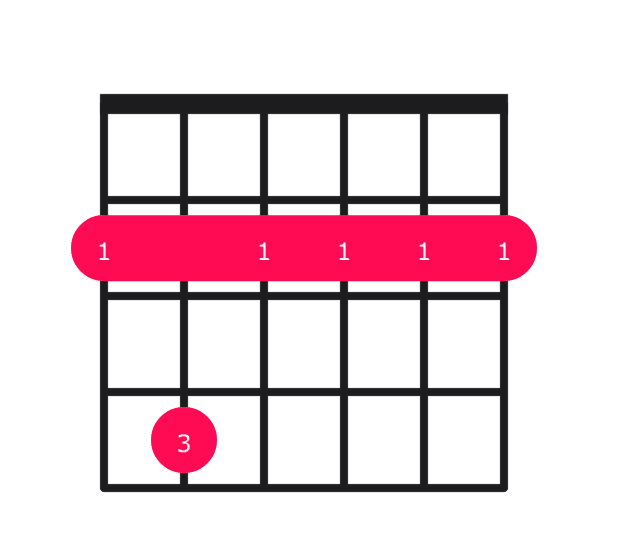
Unlock your playing potential in online guitar lessons with experts on Til. Start today and achieve your guitar goals quickly. Find a top-rated teacher.
Finger placement for F#m7 chord
The F#m7 chord is typically played as a barre chord on the 2nd fret of the guitar.
Follow these finger positions to play a F#m7 chord on your guitar:
- Place your index finger across the 2nd fret, covering all six strings (barre).
- Place your middle finger on the 3rd fret of the 3rd (G) string.
- Place your ring finger on the 4th fret of the 5th (A) string.
- Place your pinky finger on the 4th fret of the 4th (D) string.
To strum this chord, place your fingers in the correct positions and strum all six strings together in a downward motion.
How to play an easy F#m7 chord on guitar
If you're a beginner looking to play a simpler version of the F#m7 chord, try this:
- Place your index finger on the 2nd fret of the 6th (low E) string.
- Place your middle finger on the 2nd fret of the 5th (A) string.
- Leave the other strings open.
- Strum only the 6th, 5th, and 4th strings.
How to play a F#m7 bar chord
The F#m7 barre chord is a versatile and movable chord shape that can be played up and down the fretboard, allowing for more flexibility in your playing.
Here's how to play a F#m7 barre chord:
- Place your index finger across all six strings at the 2nd fret, creating a barre.
- Place your middle finger on the 3rd fret of the 5th (A) string.
- Place your ring finger on the 4th fret of the 4th (D) string.
- Place your pinky finger on the 4th fret of the 3rd (G) string.
- Strum from the 6th (low E) string down to the 1st (high E) string.
Common F#m7 chord progressions
The F#m7 chord often serves as a melancholic and introspective chord in progressions, adding depth and emotional complexity to a song. Some common chord progressions featuring F#m7 include:
- i7 - bVII7 - bVI7 - V7 (F#m7 - E7 - D7 - C#7)
- i7 - bVII - iv7 - bVI (F#m7 - E - Bm7 - D)
- i7 - iv7 - V7 (F#m7 - Bm7 - C#7)
- i7 - bIII7 - bVII7 - IV (F#m7 - A7 - E7 - B) Used in "Stairway to Heaven" by Led Zeppelin
- i7 - v7 - IV - iv (F#m7 - C#m7 - B - Bm)
Drills to master the F#m7 chord
One effective drill for mastering the F#m7 chord is to play each note individually, focusing on clarity and tone. Start by plucking the F# note, followed by A, C#, and E. Repeat this sequence slowly, ensuring each note rings out clearly before moving on to the next.
Another helpful exercise is to practice transitioning to and from the F#m7 chord. Choose a simple chord progression that includes F#m7, such as D - F#m7 - A - E. Play through the progression at a slow tempo, concentrating on smooth and accurate chord changes.
Unlock your playing potential in online guitar lessons with experts on Til. Start today and achieve your guitar goals quickly. Find a top-rated teacher.
Ryan G.
"Arianna's class is amazing. Every class was extremely well thought out, always engaging, and had great cohesion of concepts throughout every class. It’s more reminiscent of a Music Conservatory Masterclass than your typical basic online class!"
Songs that feature the F#m7 chord
Here are 10 popular songs you can play with the F#m7 chord:
- Creep by Radiohead (G, B, C, Cm)
- Breathe (In the Air) by Pink Floyd (Em, G, A, F#m, F#m7)
- She's Always a Woman by Billy Joel (F#m7, E, F#, B)
- I Will by The Beatles (F#m7, A, B, C#m)
- Scarborough Fair/Canticle by Simon & Garfunkel (Am, G, F#m7)
- Pyramid Song by Radiohead (F#m7, D, E)
- Summer Soft by Stevie Wonder (Dmaj7, G, Bm7, F#m7)
- Please Call Me, Baby by Tom Waits (F#m7, B, E)
- My Foolish Heart by Bill Evans (F#m7, B7, E6, C#7)
- Qué Lío by Rubén Blades (F#m7, Bm7, Em7, Am7)
How a guitar teacher can help
If you feel stuck in your playing, it might help to take personalized guitar lessons with an expert guitarist. Taking lessons with a pro gives you access to the skills, feedback, and motivation to reach your goals.
You can find expert guitar teachers to support you in the journey. Thousands of people have turned to online guitar lessons on Til, instead of traditional in-person lessons, because Til gives you access to the best teachers in the world from the comfort of home. And with flexible scheduling, secure payments, lesson recordings, and a private chat with your teacher–there’s never been a better way to learn guitar.
